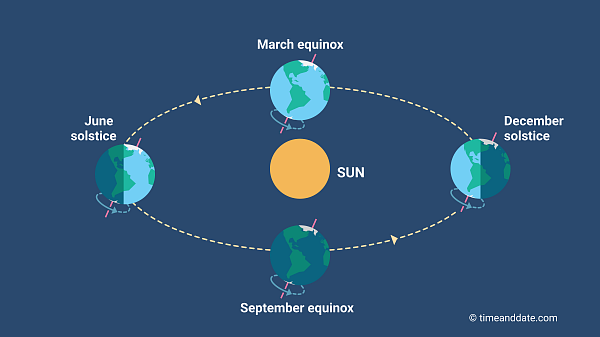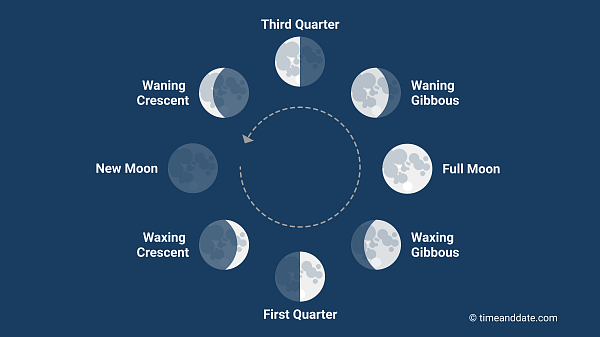The sun is a _____.
True or false:
The sun orbits the Earth.
False
True or false:
The moon orbits the Earth.
True
Which season has the longest days and shortest nights?
Summer
Why does the sun appear bigger than other stars?
Because it is the closest star to the Earth
We have day and night because _____.
the earth rotates on its own axis
True or false:
The moon only appears to move across the nigh sky, but it does not really move.
False
Which season has the shortest days and longest nights?
Winter
Which color star is the hottest?

White
What time of day do you have the shortest shadow?
Noon / Midday
The moon looks bright because _____.
it reflects the sun's light.
Which picture of the Earth represents winter in the northern hemisphere?
Right
Compared to other stars, the sun is considered a _____ star. (Small, medium, or large)
medium
Which experiment can you do to explain the pattern of day and night?
A: Shine a flashlight on the top of a globe and spin the globe to show the sun's light.
B: Move a flashlight all the way around a globe to show how the sun moves.
C: Shine a flashlight on the side of a globe, then spin the globe to show how the Earth rotates.
C: Shine a flashlight on the side of a globe, then spin the globe to show how the Earth rotates.
What makes the moon look like it's getting bigger and smaller?
Accept either answer:
Some parts of it are hidden by the Earth's shadow.
Some parts of it are lit up by the sun.
Which picture of the Earth represents summer in the northern hemisphere? 
Left
Why do some stars appear bigger or brighter in the night sky?
Accept either answer:
They might be bigger and brighter than the others.
They might be closer to Earth than the others.
What experiment could you do to track the movement of sunlight throughout the day?
A: Look out the window every once in a while to see how bright it is.
B: Place a stick in one spot. Trace its shadow once every hour.
C: Look at where the sun is in the sky at the same time each day for a week.
D: Put a piece of construction paper in the sun for a few hours. Then see if it changed colors.
B: Place a stick in one spot. Trace its shadow once every hour.
Which moon phase comes directly after the full moon?

Waning gibbous
Which of the following DOES NOT affect how the seasons change?
A: the tilt of the Earth's axis
B: the light of the moon
C: the light of the sun
D: the Earth's orbit around the sun
B: the light of the moon